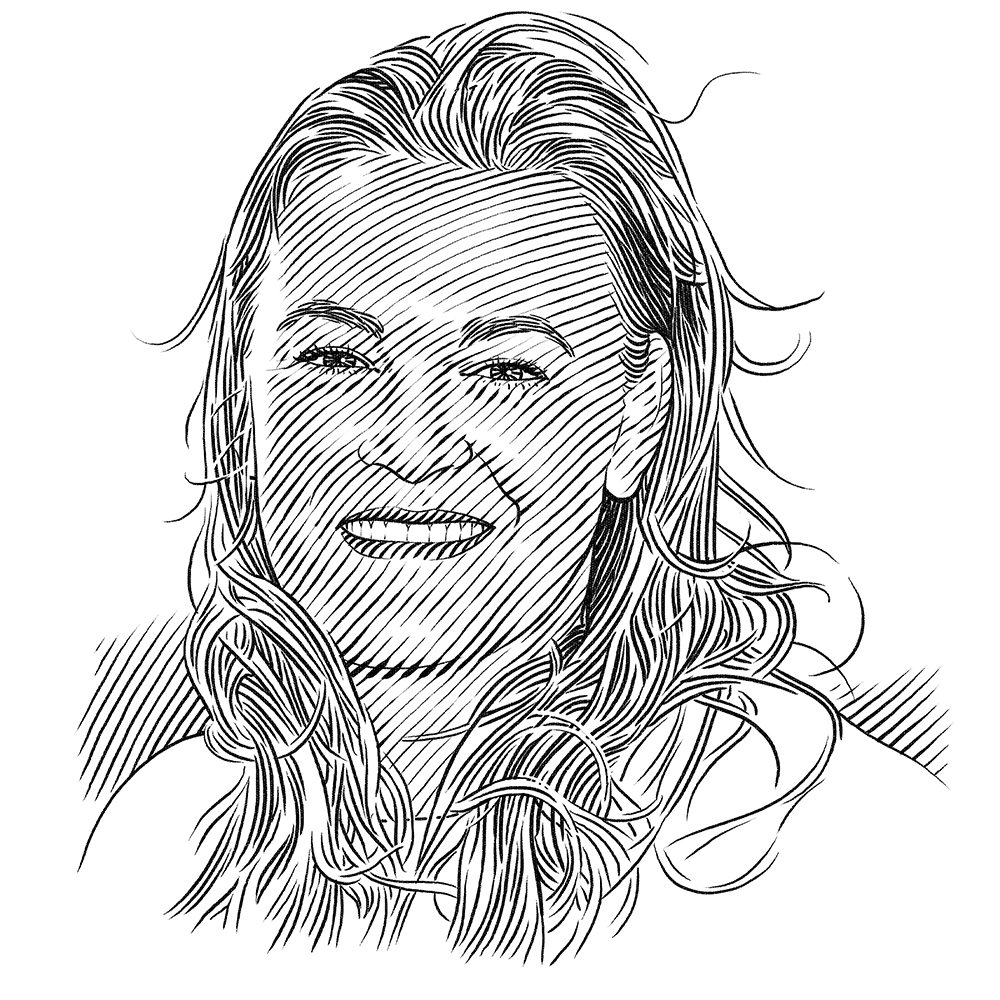Ivy Baremore

Who I am
If you ask anyone who knew me as a child, they will probably tell you that all I ever wanted to be was a marine biologist. Other than a short-lived dream to be a ‘marine biologist artist’, I never grew out of my infatuation. I grew up landlocked in Louisiana and Arkansas, but every summer my family rented a beach house in Dauphin Island, Alabama. That week at the beach was one of the highlights of my youth and I can remember noting the annual changes in our crab traps, sea trout catches and the beach erosion as time passed. When I was 15 we moved to Hawaii, which further solidified my devotion to the sea.
Where I work
I spent 10 years as a contract employee for the National Marine Fisheries Service in Panama City, Florida. I was privileged to work with a group of talented and hard-working scientists, many of whom acted as mentors to me. During my tenure with the fisheries service, I worked alongside stock assessment scientists to ensure that the data necessary for their assessments were collected and properly formatted and processed. I learned the importance of data management and communication. Along the way, I also conducted several life-history studies on different shark species, including the deep-water Atlantic angel shark, which was the subject of my Master’s degree.
In 2013, I moved to Belize to work with MarAlliance, a small marine conservation NGO. The transition from the US government to an NGO in a developing country has been a fun challenge! Belize has a wealth of natural resources, but it is starting to see the negative effects of overfishing on its top predators. Living and working here has been rewarding, and I look forward to expanding my knowledge of marine science and conservation. I also bring my love of deep-sea sharks with me to Belize.
What I do
Working with local fishers during our annual surveys, I learned that many fishers are starting to explore the deep sea as a potential new fishing ground. The topography of Belize’s barrier reef enables them to fish at depths greater than 200 metres while within sight of land. Fishers have also reported catching ‘weird’ sharks with big, green eyes and dark, smooth skin. The fishery is largely artisanal, its lines deployed and retrieved by hand, but it is unlikely to remain small.
Our knowledge of deep-sea fishes and sharks is extremely limited, and this is especially true in developing countries. We hope to build upon local knowledge by means of a standardised survey about deep-sea fishes and elasmobranchs that can be easily reproduced in other developing nations. Many deep-sea fisheries are already in decline before scientists know that they are being exploited. By gathering data about a fishery before it becomes highly targeted, we hope to provide a rare example of forestalling the decline. To do this, we are working with traditional fishers to capture, tag and release deep-sea sharks and to gather life-history information about them and other fishes of the deep.
This project is in its infancy and I am excited to see what the coming year will bring us. We hope to gather data from Belize’s three offshore atolls (Lighthouse Reef, Turneffe and Glover’s Reef), as well as along the Mesoamerican Barrier Reef. With so little known about deep-sea sharks and fishes, we can’t wait to find out what inhabits our deeper waters!
